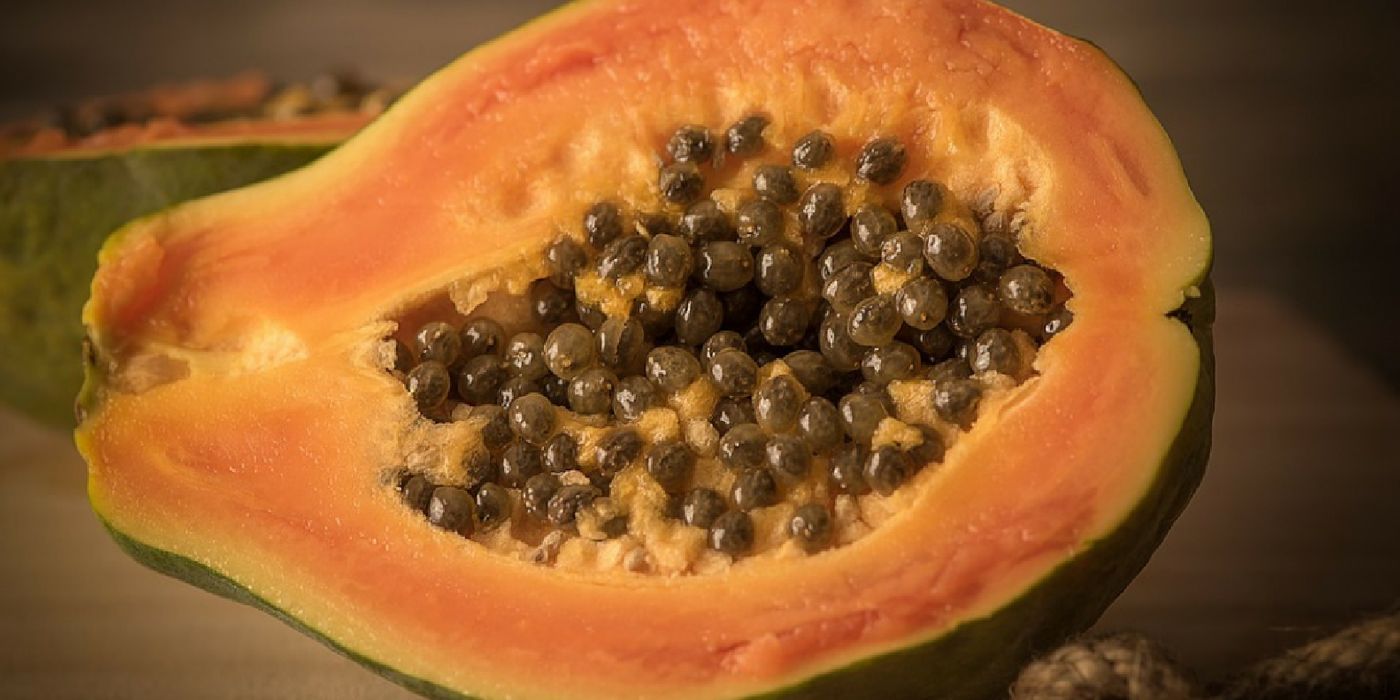CDC Warns Consumers to Steer Clear of Papayas
Investigations into why people across 16 states have gotten sick with salmonella poisoning yielded the culprit: contaminated papayas.
Officials from the Centers for Disease Control and Prevention (CDC) confirmed 109 Salmonella infections, including one death and 35 hospitalizations across 16 states. The infections were linked to the yellow Maradol papaya from the Carica de Campeche farm in Mexico. Specifically, two brands have been recalled: the Caribena brand, distributed by Grande Produce; and the Cavi brand, distributed by Agroson’s. Other brands of papayas from this farm are still under investigation.
The outbreak first came under the Food and Drug Administration (FDA) radar on June 26, 2017, when officials found a cluster of 47 cases of Salmonella Kiambu infections. Whole Genome Sequencing analysis on these cases revealed highly similar genetic profiles, which suggested a common culprit. Upon finding out that many sick people had eaten papayas, officials tested the papaya samples. These also came up positive for the same Salmonella strain found in the sick patients.
"CDC recommends that consumers not eat, restaurants not serve, and retailers not sell Maradol papayas from Mexico until we learn more," per the announcement on the CDC website.
The Maradol papayas are large, oval fruits that weigh approximately 3 pounds. When ripened and ready for consumption, the green skin turns yellow, and the inside flesh is an orange-salmon color.
Unfortunately, the infection is has been confirmed in states across the US. This includes: Connecticut, Delaware, Iowa, Kentucky, Louisiana, Massachusetts, Maryland, Michigan, Minnesota, North Carolina, New Jersey, New York, Oklahoma, Pennsylvania, Virginia and Wisconsin.
Furthermore, Salmonella doesn’t discriminate any age group – infections were found in people ranging in age from 1 to 95 years old.
Salmonella is one of the most common pathogens that cause food poisonings in the US. Symptoms typically begin after two to three days, and include diarrhea, fever, abdominal cramps, vomiting. The illness can last for as long as a week. In most cases the infection can be resolved with plenty of fluids and rest. However, the infection can turn life-threatening in high-risk people (older adults, infants, and those with chronic conditions). So far, it is not known what complications led to the one reported death from the outbreak.









